More than 50% of the people, who start their own organic terrace garden, give it up within a month’s time. Almost all the road blocks and de-motivating factors in such cases invariably point to an over enthusiastic start with almost zero groundwork. No matter how big or small is your kitchen garden a little planning and some amount of design goes a long way. There will be many changes that you’ll have to make to your original plan as time progresses, but a basic plan and design of organic terrace garden initially will give you a good guideline to start with. And as they say well begun is half done. And here are the things you must consider to get you started with your plan and design of your own organic terrace garden.
1. Space identification and preparation
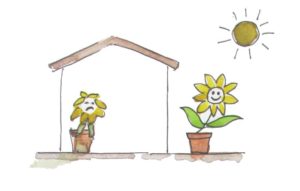
Windowsills, Balconies are good places to start your kitchen garden. These places are easy to use, access and maintain. Starting a garden in the terrace however needs significant amount of effort. But if done in phases this too can be managed quite easily. Whatever be the place, make sure that every day it gets at least 3-4 hours of direct sunlight. Without sunlight plants just can not live and produce. Check for drainage to be working well in your balcony and terrace. If you get rains and the rain water is drained off automatically through drainage holes then you are good to go. For doing container gardening no extra waterproofing will be needed for your terrace. However if you plan to cover your terrace with soil, then its good to get specialized waterproofing done
2. Division and Design of space
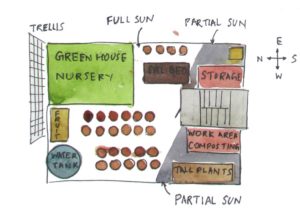
By observing the sunlight and shadow patterns in the space identified you can get an idea about the spaces that get full sunlight (8-10 hours a day) and the spaces that get partial sunlight (2-5 hours a day). Placement of plants can be planned according to the sunlight need of the plants. Space also needs to be assigned for nursery operation, composting/waste management, storage and work area.
Climbers and Creepers will need trellis structures. Installing them early saves a lot of trouble later. Placement of containers, soil beds etc must be planned in such a way that each container and each corner of the bed is easily accessible. One should never have to reach out for them. Placement of plants needs to be planned according to the geography of the terrace too. For example there may be small depression in the terrace where harmless amount of water logging may be taking place. Having direct soil beds in such areas will be a disaster. However a temporary platform can be created using bricks and plywood and containers can be placed on them.
Drawing out your design is a must. It does not have to be a great looking one. It can be as bad a drawing as the one I have posted. But it should be a good functional design. So go ahead and draw it out.
3. Watering
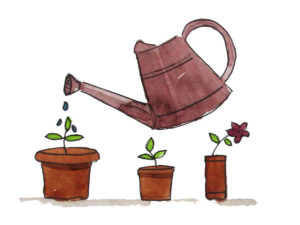
Water is the most important resource to be managed for a terrace garden. Water must be available on a daily basis for the plants. One should also look at managing waste water from home. The water used to clean vegetables can be used to water the plants. Consider having an arrangement of rain water harvesting to save water. During vacation time arrangement must be done so that your plants are watered as needed. Homemade drip irrigation systems can take care of this problem. But we suggest keeping things simple on your terrace garden to start with.
4. Waste management and composting
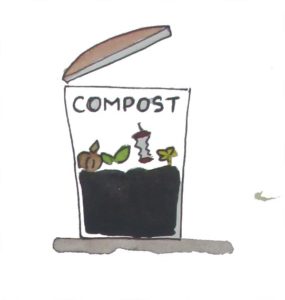
Our idea of Organic gardening is to turn home into a zero food waste zone. This naturally means that you need to have some form of waste management system in your home. A simple bucket or a composting bag is good enough to compost your waste. Just make sure that you have planned for a place for composting which is protected from rain and direct sunlight. Some home composting systems which are easy to use is also a good option. These don’t need too much space and composting is also much easier with these.
5. Gardening supply

Find out a good gardening supply store in your area. Go to different vendors and build a rapport with them. The amount of knowledge that you can get from these guys is unbelievable. Try and compare their products, especially compost and seeds. You can do a simple jar test to check maturity of the compost. Initially get seeds from al vendors to test their quality. Later stick to the one that give you the better seeds. Some of these shops will give you limited quantity of seeds if you have a good rapport with them. Else you have to buy full packets of seeds. These packets are generally for farmers and you really won’t need so many seeds. Keep looking out for some exotic flower or vegetable in their nurseries which you can add to your garden.
6. Record Keeping
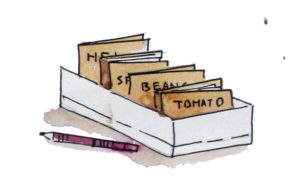
One of the things many amateur gardeners fail to do is to keep a record of all the work that they are doing and all the observation they are making. A lot of factors affect a plant starting from germination to harvest. And many of these are not controllable and vary from place to place. Hence plan to maintain records of your observations. Prepare templates and number your pots so that this job becomes easy and streamlined. Your observations will be the best teacher that you’ll ever have for your kitchen garden.
7. Budget
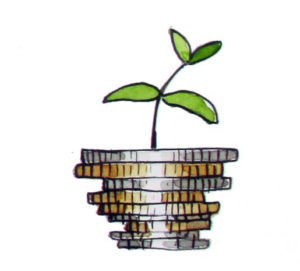
Though a lot of recycling is done in terrace garden, still it’s not a zero cost affair. Containers even if bought from a scrap shop will cost some money. And then initially one has to start with some store bought compost, seeds etc. Investing in some gardening equipment also goes a long way. Last but not the least one has to dedicate some amount of time everyday for management of the garden. In case of a tight budget of money and time one can start small and grow slowly. If you have enough budget, it’s not a bad idea to get done with all the structural installations like green houses and wire mesh for creepers early on.
8. Getting Family Involved

It is very important to get your family involved initially, so that everyone has ideas of at least the basic things like watering, composting, manure application etc. This is very crucial because in your absence garden is taken care of by your family members. Hence starting your organic terrace garden during exam time of your kids may not be such a great idea.
9. Starting Small
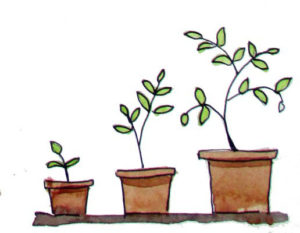
Starting small makes sure that you start well. Start with a few plants initially. Anything between 2-10 plants of maximum 3 different vegetables and herbs works well. As you grow them and get hands on experience, some more plants can be added to your garden gradually. Starting with a lot of plants at one go will demand a lot of effort and care and without experience it will be difficult to handle that.
10. Patience
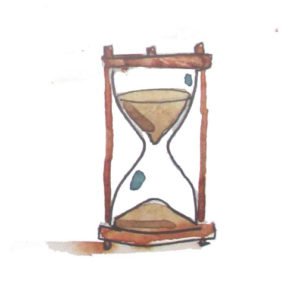
The last and most important thing to keep in mind is that nature works at its own pace. A tree does not bear fruit overnight. Sometimes seeds may not germinate. Your produce can be destroyed overnight by insects. And sometimes you may just break a pot with a fully grown plant in it. You’ll feel the sky crashing on you at such times. But don’t lose heart. Learn from your mistakes. Have patience and let nature do its magic.
These are just a few pointers to get you started with your terrace garden and its plan. But it is good to remember that the plan cannot be a very tight one. Always have flexibility in your plan. Use your plan as a guideline and not as a prescription. A garden is a complete ecosystem of plants, weeds, insects and microorganisms. It has life and a mind of its own. Hence at times you’ll have to flow with it while at other times you’ll have to make course corrections. And it will be an art of balancing that you’ll learn only with time.


Thanks a lot for the wonderful information sir, I recently resigned and have great interest in gardening . I want to start off with my balcony. These information are too useful for people like me. I still don’t know the proportion and the other things mixed with the soil before planting a seed… sir if possible could you please help me with this kind of information too. Thanks a ton
Hi Vanitha,
We use the following mix for potting.
red soil, coco peat, vermi compost in the ratio 1:1:1. To a bucket of this mix we add a handful of neem cake.
Sometimes we alter the recipe to add cow-dung manure or home made compost.
Please like and follow our facebook page https://www.facebook.com/OrganicTerrace/ to get tips and information.